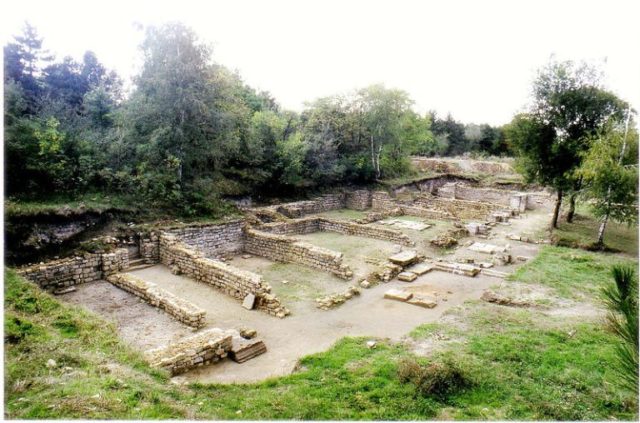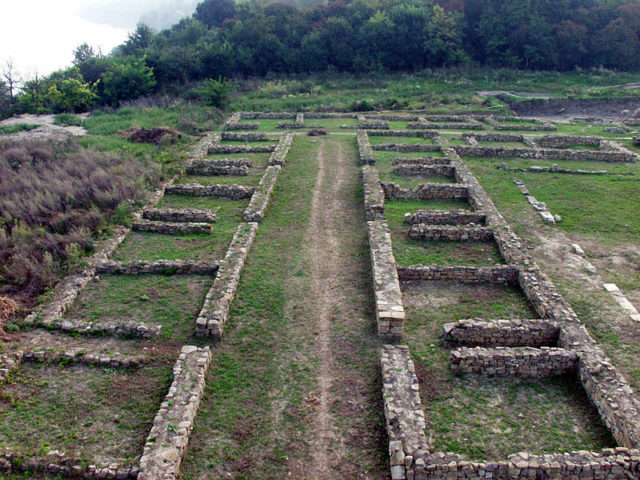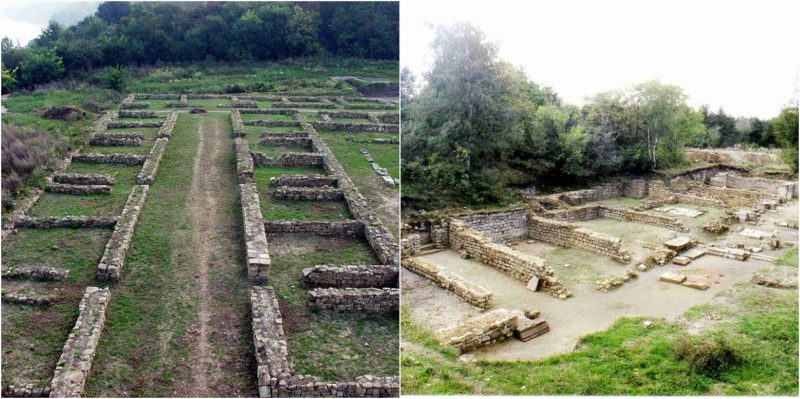In Warsaw, Poland Science and Scholarship in Poland reports that a team of archaeologists from the Center for the Research of Antiquity of Southeastern Europe at the University of Warsaw unearthed a Roman barracks at Novae in Bulgaria.
Even though the structures were mostly created out of wood, the floor of one big room had been created from hydraulic lime.
This is an indication that the room was used as a bath.
Up until now only two baths with wooden structures had been found throughout the empire, but not inside the barracks of the legionnaires, stated the archaeologists Piotr Dyczek.

The team has also uncovered lead pipes, terracotta, and water channels that had been lined with stone and bricks.
A collection of 48 coins dating to the start of the second century AD to the middle of the third century AD, according to Dyczek, might have been hidden throughout the duration of the invasion of the Goths. The Warsaw archaeologists have been working the site at Novae for more than half a century.
Every year, their work is revealing more information about the real life of the members of two historically significant legions.They were the VIII Augusta and the I Italica. The relics of camps from two thousand years ago are now preserved in Novae.
Throughout the summer, researchers from the Center for the Study of Antiquity of Southeaster Europe of the University of Warsaw continued their work in the wooden barracks of the legionnaires.Archaeologists have speculated that the barracks had housed either two or four Roman legions.One building would have measured 80 meters in length; the second one would have been half of that.
They are expecting to find the remaining portions of the building in the outer walls.In Novae, archaeologists were finding parts of advanced-technology water mains or sewers. Inside the camp there was running water that flowed through terracotta and lead pipes, and the channels had been created with bricks and stones.
Water had been supplied to the interiors of the camp with an artificial channel that conveyed it from the river of Dermen.This kind of installation would display that the Romans had great emphasis on being clean, even away from their homes.
The new findings of the Polish researchers are consistent with the previous discoveries concerning the hygiene of the Roman legionnaires.The archaeologists have as well obtained information about the construction of the barracks.
The main bearing walls were created in a box-like structure.The inner portion of a wooden frame was created out of thick beams filled with vertically arranged wooden posts. They were coated with thick layers of loess with chaff, Archaeology reported.

Professor Dyczek had pointed out another significant finding that was made during that season – a numismatic treasure of 48 coins. “The uniqueness of this collection lies in the fact that it covers the period from the beginning of the second century AD to mid-third century AD and consists of so-called provincial coins, minted in mints outside Rome.
It is the greatest treasure of such coins discovered so far in Bulgaria,” stated the professor.Another surprise for the scientist was the finding of a well preserved, tiny furnace.The furnace had come from the fourth century, when the Roman Empire had already fallen, in part due to the invasions of countless tribes that were from Eastern Europe that included the Slavs.
